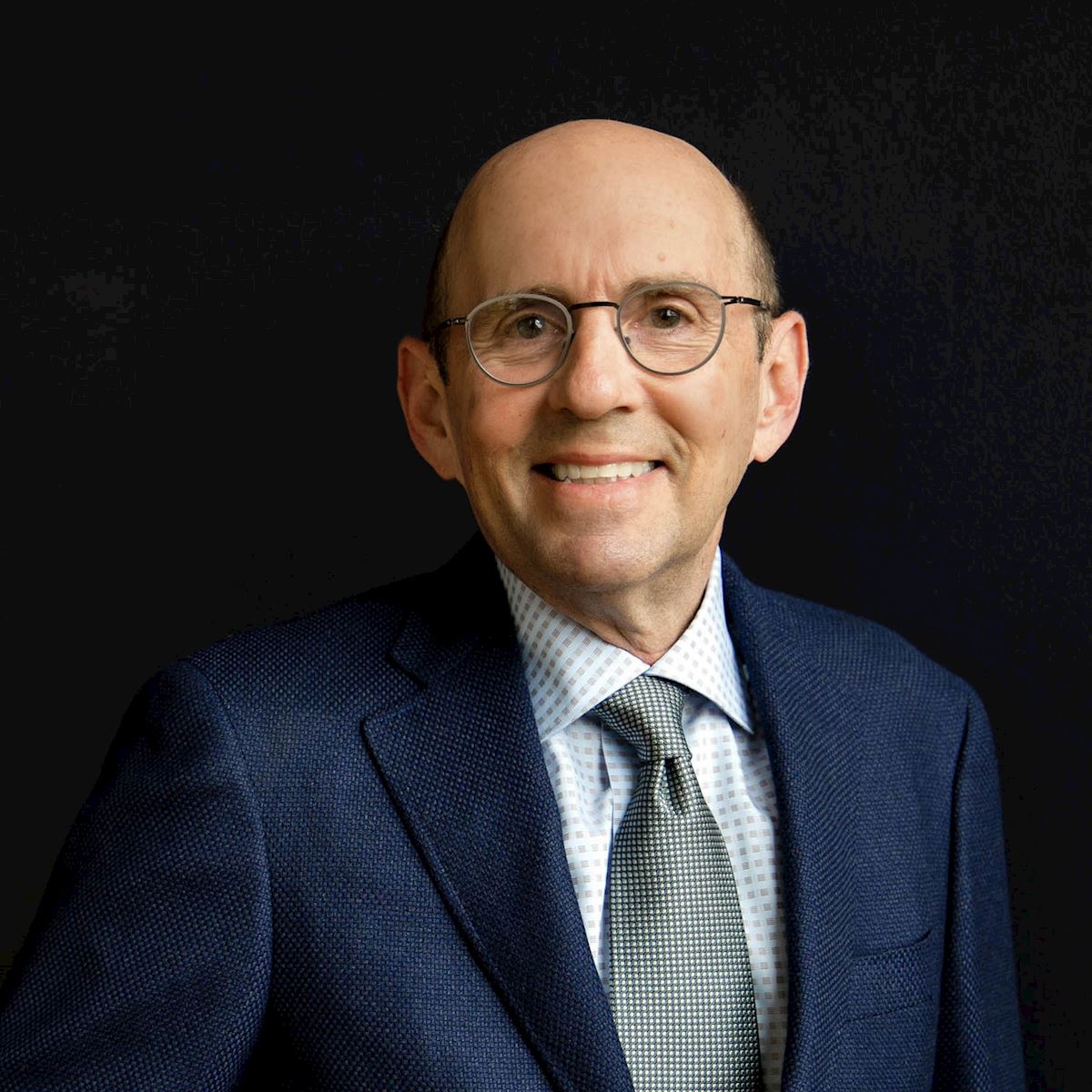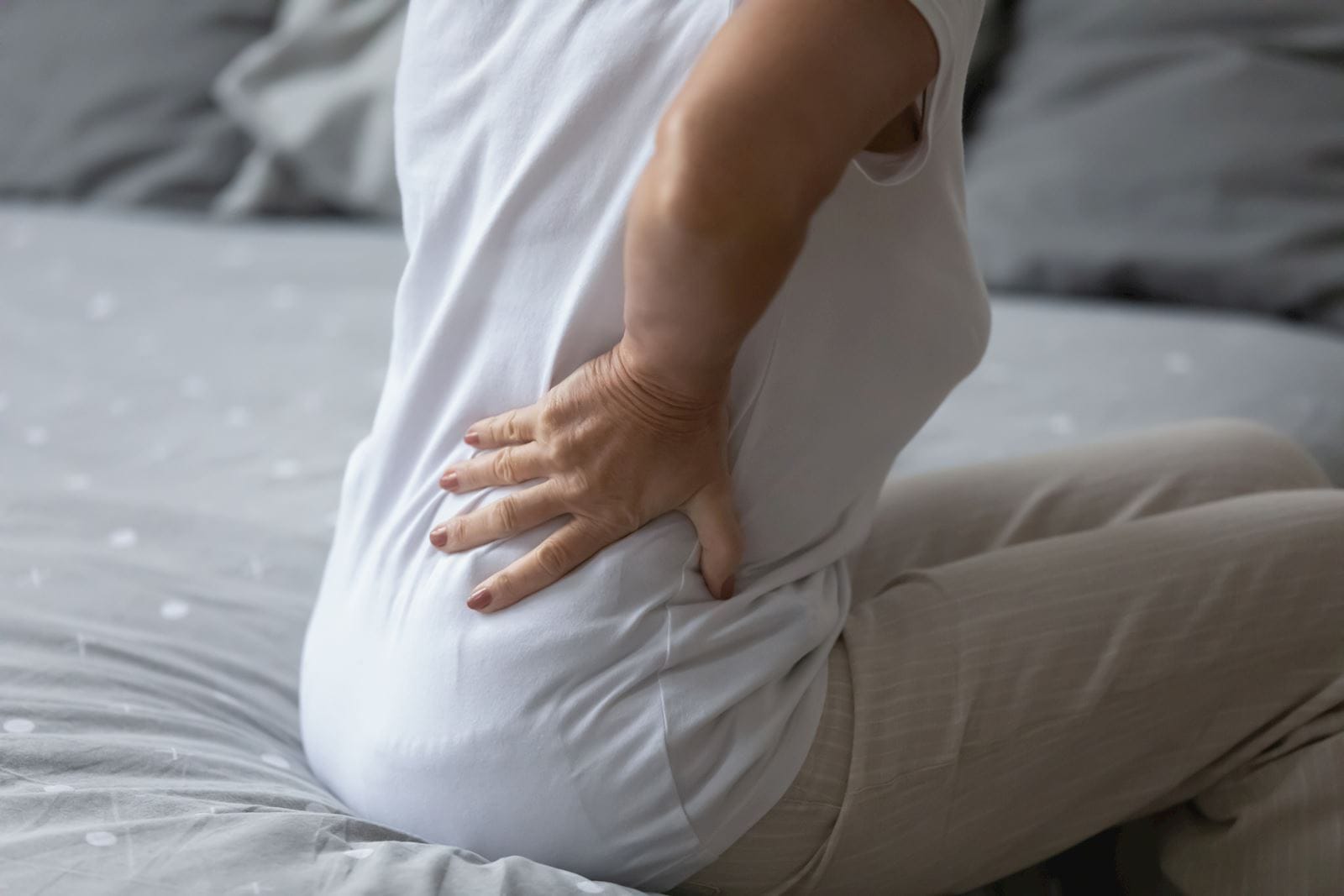They can be as small as a grain of sand, but kidney stones can pack a punch. One minute, you feel completely fine. The next, you’re doubled over in intense pain and searching for the strength to make it to the ER.
How can something so small hurt so much?
“Typically, you start getting symptoms once you get obstruction,” explains Steven Rosenberg, MD, a urologist at The Iowa Clinic. “The kidney kind of has a funnel where urine exits that’s called the ureteropelvic junction. An obstruction usually occurs when the stone passes out of the kidney and gets stuck in that funnel or in the ureter, the tube that’s between the kidney and the bladder.”
“You can have a kidney stone for 20 years and never know it. Then, all of the sudden, for no reason, it just decides to pass. And that’s the moment you develop pain.”
Kidney stone pain is not always severe — or easy to identify.
The kidneys are located in an area of the torso called the flank. They sit below the lower ribcage in the back. While you can certainly feel intense pain on either side of the back (depending on which kidney the stone is in), that’s not always the case.
“Kidney stones are almost always on one side, so the pain is either on the right or the left. Usually, you feel it in your back or on your side.” Dr. Rosenberg says. “But the human body is weird. It doesn’t always behave like the books say it should.”
You may experience abdominal pain. Or groin pain. It can start higher up near the kidneys and then move down to the groin. Your pain may be intense and short-lived. Or it could be vague and more like a stomach ache that just won’t go away.
“Non-obstructive kidney stones can sometimes cause aching or discomfort. Acute pain occurs when there’s obstruction, which means they’re blocking the kidney or passing,” Dr. Rosenberg says. “Usually kidney stone pain is sporadic. You can have intense pain followed by periods of no pain. It comes and goes.”
Everyone experiences pain differently and has different thresholds. So it can be hard to understand what’s going on with your body based on pain alone. You might think you’re fine once the pain lessens, only to have it come back just as suddenly as before. Because you haven’t fully passed the kidney stone until you see it.
 Other warning signs of kidney stones may be more noticeable.
Other warning signs of kidney stones may be more noticeable.
Not all kidney stones cause pain. Some don’t present any symptoms whatsoever. But when symptoms do appear, they are clear signs that something’s off and that you need to see a doctor:
 1. Nausea and Vomiting
1. Nausea and Vomiting
Kidney stones can make you feel sick to your stomach. But not in the way you normally would from the stomach flu or food poisoning. The pain can be so excruciating that it makes you queasy or even makes you puke. If the pain is radiating from your right side, these symptoms might lead you to think that your appendix burst — even more reason to get checked out.
 2. Blood in the Urine
2. Blood in the Urine
Seeing your pee take on a shade of pink or red is alarming. But it actually takes only a little bit of blood to change the color or urine. Some medications and red foods like beets and rhubarb can have this effect but you should get it checked out no matter what. Blood in the urine could be from a kidney stone or many other problems — some serious like kidney, bladder or prostate cancer.
 3. Cloudy or Foul-Smelling Pee
3. Cloudy or Foul-Smelling Pee
Urine can change in other ways too. Kidney stones are born out of the crystallization of concentrated minerals in your pee. Concentrated urine is darker, cloudier and stinkier — similar to when you’re dehydrated. The strong odor is often compared to ammonia, but it’s more likely that the smell stems from a urinary tract infection than a kidney stone.
 4. Problems with Flow
4. Problems with Flow
An obstruction by a kidney stone doesn’t only cause pain. It can create a variety of pee problems. As the stone moves further down the urinary tract close to the bladder, you may feel more urgency to go more often and feel pain when you pee. Kidney stones can even be on both sides at once and stop the flow of urine altogether, which, although rare, is a medical emergency.
 5. Fever and Chills
5. Fever and Chills
Some people complain of flu-like symptoms when they have kidney stones. And that’s a bigger problem than a simple stone. If you’re running a fever, having chills or shivering, you may have an infection in your kidneys or urinary tract as well. You should get urgent medical attention.
 Kidney stone symptoms and risk varies between men and women.
Kidney stone symptoms and risk varies between men and women.
Men are twice as likely to develop kidney stones than women. But the gap has been closing in recent years. It’s not clear what causes kidney stones or the rates at which men and women get them.
Genetics play a big role for both sexes. Men who have a family medical history of kidney stones, are two to three times as likely to get them. Other risk factors relate to the conditions that contribute to stone formation: diet, dehydration, warm weather (which also causes dehydration) and the side effects of medications.
“The biggest risk factor is dehydration,” Dr. Rosenberg says. “People who work outside often get kidney stones because they’re chronically dehydrated. They need to drink more water because they’re losing fluid in a lot of ways.”
The differences in the male and female anatomy can lead to different symptoms, too. For men, it’s like going into labor. They feel pain in their abdomen, lower back or groin as the stone passes through the narrow ureter and beyond. That can also cause some gastric discomfort, which is centered in the upper abdomen and can be dull and achy or throbbing pain. Women, on the other hand, may compare kidney stones to menstrual cramps that can escalate from dull aches to wincing pain.
Both men and women agree on one thing: kidney stones really, really hurt.
“Women who’ve had kidney stones and babies often say kidney stone pain is worse than labor pain,” Dr. Rosenberg says.
 There’s always someone to talk to about your symptoms.
There’s always someone to talk to about your symptoms.
Kidney stone pain usually comes and goes. But you don’t have to wait for it to pass or wait for other signs to appear to see if you have a stone. Any time you’re experiencing severe pain, you should get help. Because you never know if it will actually pass or how long it will take.
And if you have pain with or without changes to your urine, nausea or vomiting — and especially fevers and chills — call your doctor.
“No matter where you need to go — Primary Care, Urgent Care if it’s on the weekend or the ER if you’re miserable — we’ll help you and tell them you’re coming,” Dr. Rosenberg says.


